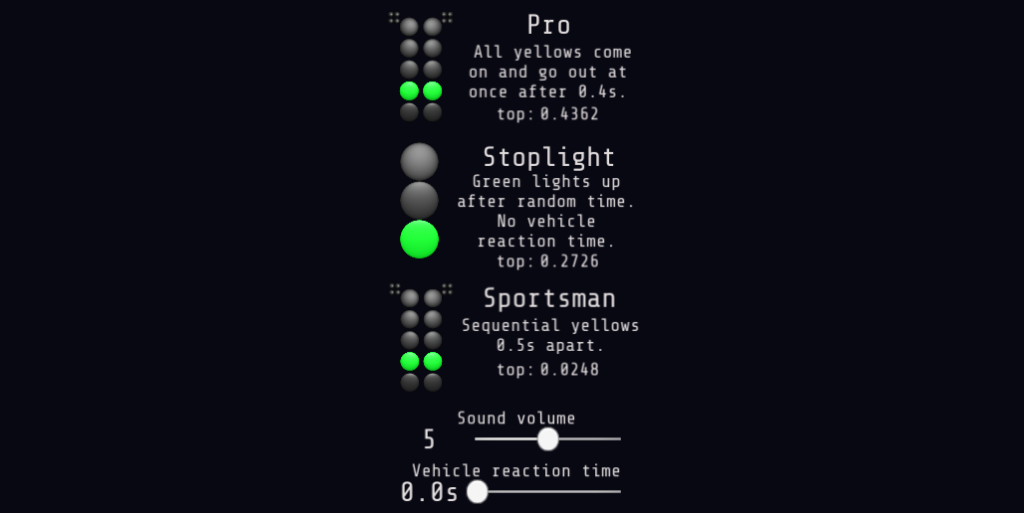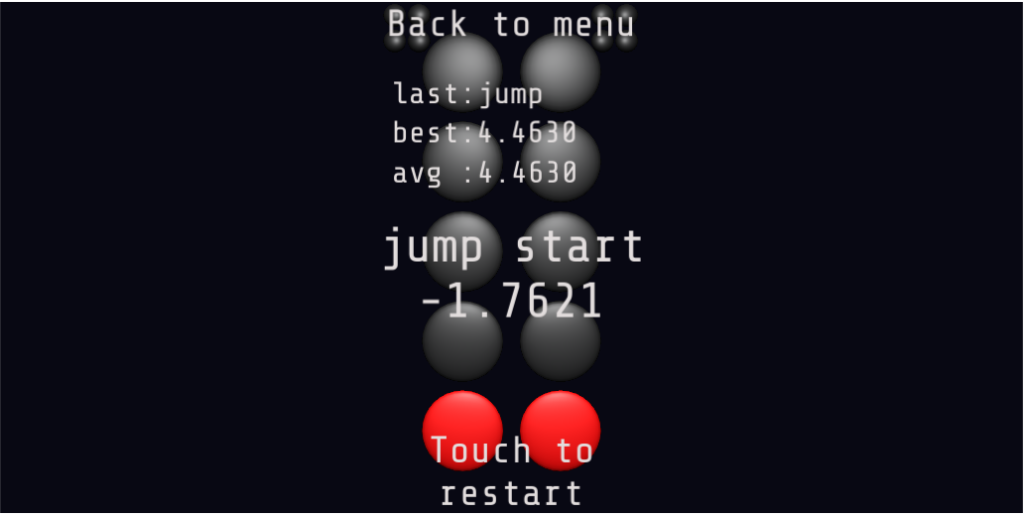





In 2019 Drag Tree is made in Unity. The reason for that is because between 2015 and 2019 I invested some time in reading Unity books and following tutorials and this project is a very easy way to put that knowledge into practice.
Initially I update the first application, and that means that the original one is not found anymore. My idea is to keep the current users and inertia of the app. It is already showing up high in search results. This means there is no easy way to compare how the apps are doing (install base, ratings, feedback). So I rolled it back and promptly learned that there’s no way to roll it back on Google Play. Luckily I still had the old source code so I build it with an incremented version number.
Then Drag Tree 2 becomes a standalone application. Also, I release it as a paid app, identical to the free version.
I ponder adding ads along with adding restrictions on playing the types of stoplight in the free version. More specifically, either an ad on going back from within a game type to the main menu, or a random game type per day along with opening the other two via ads.
This feels forced and I decide to just leave it be and will add ads in a different game in the future, as I’ll surely figure out how to use ads and the approach described feels negative.
To my surprise, organically I get one sale in the first month (Hi Australia!) followed by a couple more (Hi USA!).

I took into account the feedback from Drag Tree 1, namely that in reality a roll-out time exists, so I’ve added that as an option.
The challenge I encountered was finding a way to set-up the lights in code so I can re-use as much as possible. And for something that seems so simple, I still have two controllers, one for the random game, and another for the fixed time game. This is mostly due to the different number of lights. I’ve tried to mitigate that by grouping lights into optional sections and setting up timers as well as I could, and clearly my object oriented skills have room for improvement, as I’ve decided I should move on to some other project as there’s more value in making another project rather than refactoring this one.

